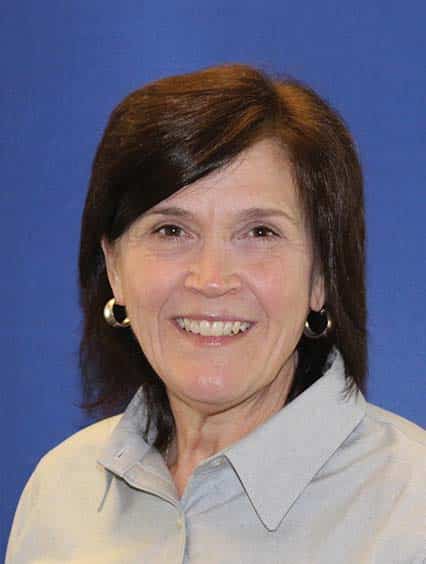define discipleship to spark ministry to wom
We want to see churches across Illinois engaged in discipling women and developing women leaders. With those goals in mind, when I sit down with leaders who want to build specific ministries to reach women, I start with one big question:
“How is your church currently discipling women?”
When I ask that, I mean all women in the church—all ages and affinity groups included, plus women who are currently serving in the church. This key question will help us identify what a team is already doing in terms of women’s discipleship, and lean into the gaps that are actually opportunities to reach more women. We want to help leaders develop multiple “on-ramps” for discipleship.
In this assessment process, I also use a series of more specific questions we learned from Ashley Allen, a women’s ministry leader in North Carolina:
• How many women have come to Christ in the past year through your current women’s ministry?
• How many small group Bible studies do you offer for women?
• Are your women currently praying for lost women by name?
• Are you praying God would raise up and send out missionaries from your church?
These questions are designed to help leaders assess strengths and areas of improvement and support those big goals of discipleship and leadership development. They’re not meant to put leaders on the defensive. By peeling back the layers, we can define what exactly we mean when we ask that first important question.
We also assess how ready a leadership team is to point women inside and outside the church to specific resources that address their specific needs, and to Bible study groups they can jump into at any point.
The goal is to move women into a discipleship pipeline, but we know that’s going to look different for every person. There can’t be just one point of entry. That’s why we encourage having multiple on-ramps.
As churches leverage existing groups and affinities, they can draw more women into the pipeline. When they find gaps, there is probably need for a new group to reach the missing demographic.
Leaders are disciples too
After we’ve assessed a church’s current women’s discipleship strategy, we move backwards to another starting line: the leader’s personal discipleship journey.
We know there is a direct connection between our own walk with God and how well we’re able to lead others in theirs. So, we ask another set of evaluative questions about how the leader herself is being a disciple, and how she’s drawing others into the process:
How are you abiding in the Lord? We ask leaders what their time in prayer and in God’s word looks like right now. We want to know if they have a set reading time, or if they are part of a small group.
How has God designed you to serve? Leaders should always be developing the skills and talents God has given them. If they are not actively learning and gaining new competencies, I point to leadership cohorts that IBSA facilitates.
Who are you developing as a leader? Passing the leadership baton is vital. Replication is an act of obedience.
It’s not our desire not to develop people as a means to an end, but to help them move to the next step in their personal discipleship process. As they learn to lead themselves effectively, they’re better equipped to lead others

By Carmen Halsey
Director of Leadership Development
CarmenHalsey@IBSA.org
